During our walks around Puducherry, also known as Pondicherry, we collected a few pictures which give a fair sense of what the city looks like. I was particulary fascinated with the lovely doors, and the walls that supported them.
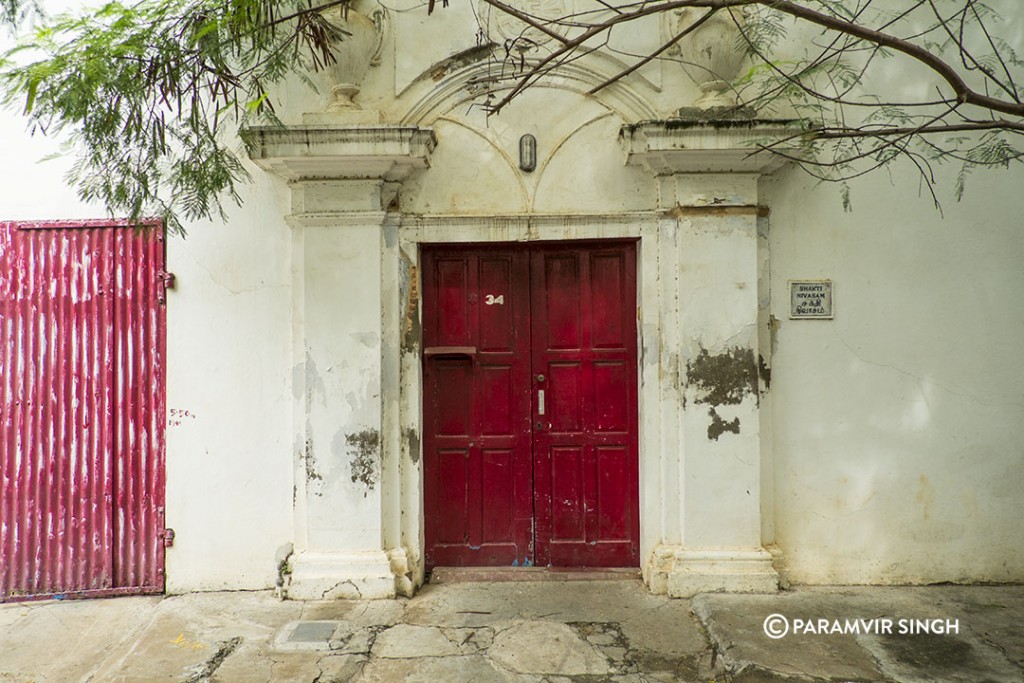
Travel Blog – Discovering the beautiful world we live in.
During our walks around Puducherry, also known as Pondicherry, we collected a few pictures which give a fair sense of what the city looks like. I was particulary fascinated with the lovely doors, and the walls that supported them.

After a beautiful road trip from Mumbai, we reached our destination, Pondicherry, also known as Puducherry. Although we were here for work, we always wanted to visit this beautiful old town, full of heritage buildings, spirituality, art, food and culture. And Pondicherry didn’t let us down even one bit. Here’s a bit of what to see in Pondicherry.
Pondicherry, officially known as Puducherry, is a city in the Union Territory of Puducherry. It’s a coastal town in the state of Tamil Nadu. Since Pondicherry was once a French colony, the city has a strong French influence over architecture, art, culture, food and also language. The streets still have French names like Rue Damas etc.
We stayed at the Hotel De Pondicherry, an old colonial era building, which has a great restaurant as well as promixity to the beach.
There’s plenty to do in this lovely city, after you have had your ample naps and relaxations! You could go for walks in its streets, hang around in lovely cafes, go for art galleries, shop around, visit one of the many museums or monuments, there are some old and beautiful temples and churches, or try the wonderful food. You could also visit one of the many Aurobindo centres, some for meditation, some have excellent libraries and they also make a wide range of hand-made paper.
Puducherry is distinctively divided into White Town and, well, the rest of it. White Town is where all the colonial heritage beauty is. If you want to stay in Pondicherry, do ensure you stay inside White Town (unless you want otherwise). The other part of town is like any other congested Indian city.
What to do in Pondicherry: Go for walks, visit musuems, libraries, read books, take long naps in the hot afternoons, hang out at cafes and art galleries, shop, and eat wonderful food.
Also go visit Aurobindo Ashram. They have libraries, hand made paper stores, meditation centres etc.
Sri Manakula Vinayagar Temple is an ancient temple, built before 1666AD.
Visit the Basilica of Sacred Heart Of Jesus, a fine example of Oriental Gothic Architecture.
The Eglise de Notre Dame des Anges (The Church of Our Lady of Angels), in Rue Dumas, is notable for its masonry – which uses the finest of limestone mixed with white of the egg – making for a texture identical to that of white marble. Visit this Church at around 5:30pm to catch some awesome light coming in through its ceiling dome stained glass.
The Cathedral Of Our Lady Of Immaculate Conception was built around 1692 AD. Do visit.
Meeran Mosque is the oldest Mosque in Puducherry, built over 350 years ago. We couldn’t see it, but try and do.
Do visit the Pondicherry Museum. They have a fantastic collection of the history around this region.
Do go for evening walks on the Beach Road Promenade.
Nearby: You can visit Auroville, hardly 10km from Pondicherry. If you want to see their meditation theatre, you must book in advance. Auroville has wonderful landscape, libraries, cafes, meditation centres, places to stay etc. You could also book a place to stay in lieu of voluntary service. Check for these at Auroville.
Tranquebar, about 4hours’ drive from Puducherry / Pondicherry to Tranquebar is a wonderful 17th Centure Danish fort town.
Point Calimere Wildlife Sanctuary is roughly 4.5 hours from Puducherry and has blackbucks, wolves, many species of resident and migratory birds. There is also the Ousteri Wetland and National Park, which is essentially a bird sanctuary but also has many marine species. It’s some 10km from Puducherry.
Arikamedu is an ancient archaeological site with remains of a Roman settlement. It’s about 7 km from Puducherry.
Where to stay and what to eat? : There’s plenty. We are writing another post for that!
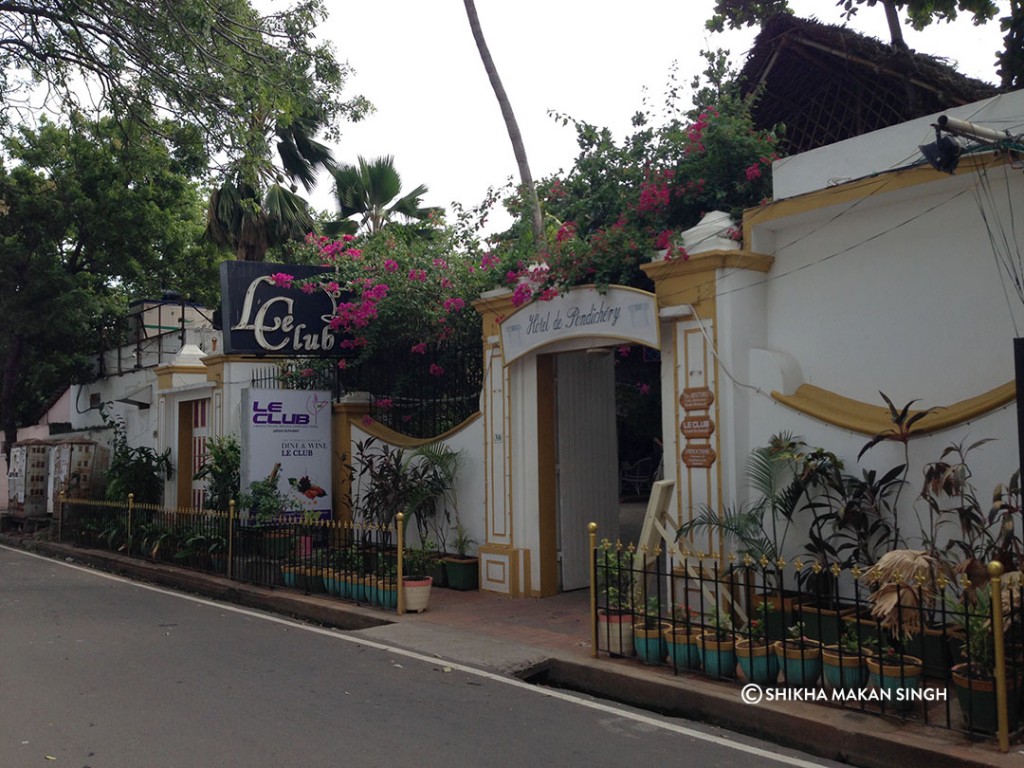
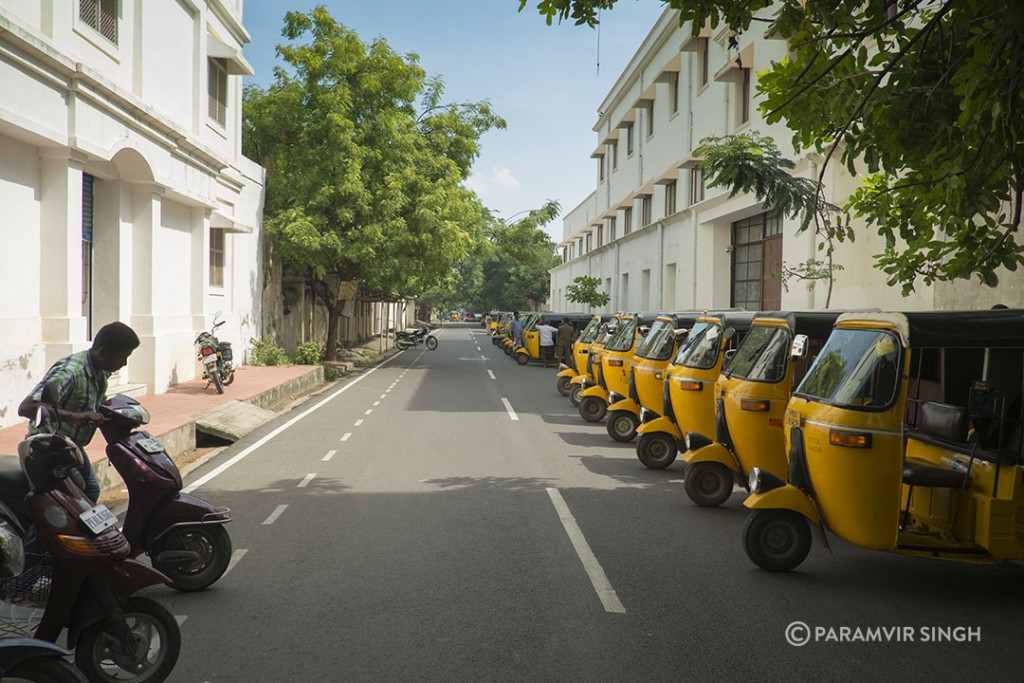
The great thing about road trips is the wealth of treasure one discovers in this wonderful country of ours. When returning from Puducherry on our Mumbai – Puducherry roadtrip, we similarly chanced upon a monument on the banks of the Palar River. From the ASI boards we learnt this was the Delhi Gate, at Arcot, … Read more
It’s interesting how you discover something while looking for something else. In Puducherry, while trying to figure out how to reach the Chettinad towns, we learnt about Tranquebar, a 17th century Danish fort settlement, barely 2-3 hours from where we were. Tranquebar (officially known as Tharangambadi) also afforded us a chance to visit the Point Calimere Wildlife Sanctuary that we were so interested in. So we drove from from Pondicherry to Tranquebar, a distance of 120 km and a great drive.
Tranquebar has a very old and interesting history. It was was part of the Chola and Pandya kingdoms. In the 15th century, under the Thanjavur King, Raghunath Nayak, Tranquebar was an important international trading port. The Danish, under a treaty with the King, built Fort Dansborg, overlooked by Danish Captain Ove Gjedde, to have better control over the trade (mainly exporting pepper from India). Slowly the Danish took over Tranquebar, which was taken over by the British in 1801, and again returned to the Danish in 1814, and finally purchased by the British (along with other Danish settlements in India) in 1845.
The Danish sent the first Protestant Missionaries to India, who set up the first printing press of India, and the New Testament was translated into Tamil, for the first time, in this town.
The town is full of old Danish architecture. We couldn’t find much of the old Indian heritage left, apart from The Masilamani Nathar temple. Was the local architecture not able to stand the test of time? Tranquebar faced a horrid Tsunami in December 2004, which destroyed a lot of heritage, including a bit of the temple. But the town has recovered and extensive efforts to restore the heritage are on.
Visit this town if you are interested in tranquility and heritage. There are, thankfully, no noisy pubs, no beaches stuffed with loud ‘tourists’, no restaurants, not yet.
The main choice of stay is the lovely Bungalow On The Beach, a Neemrana Property.
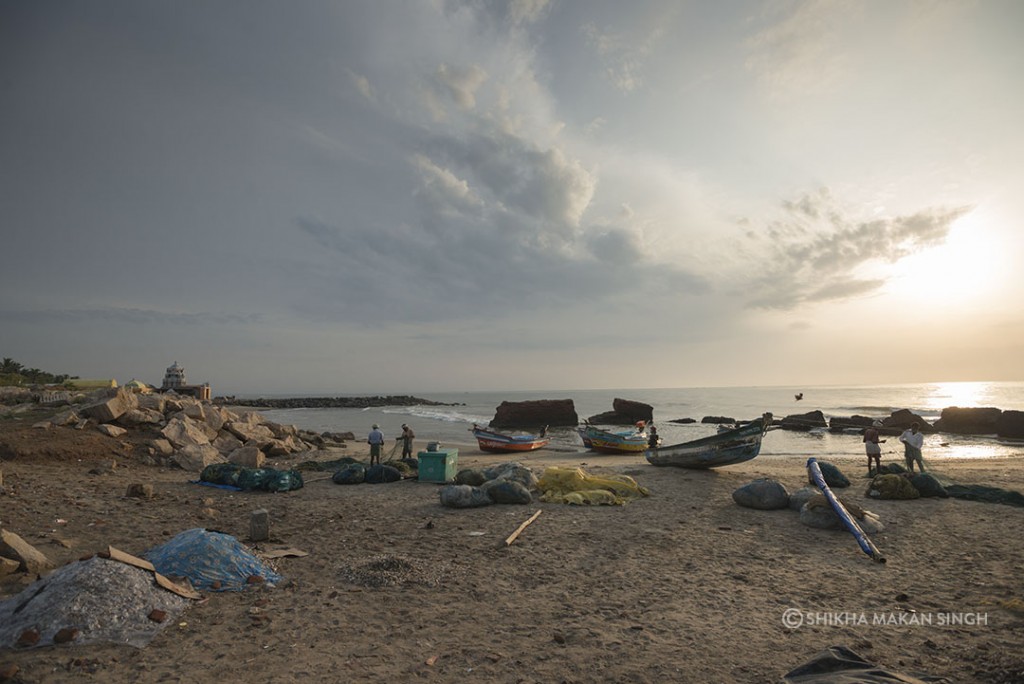
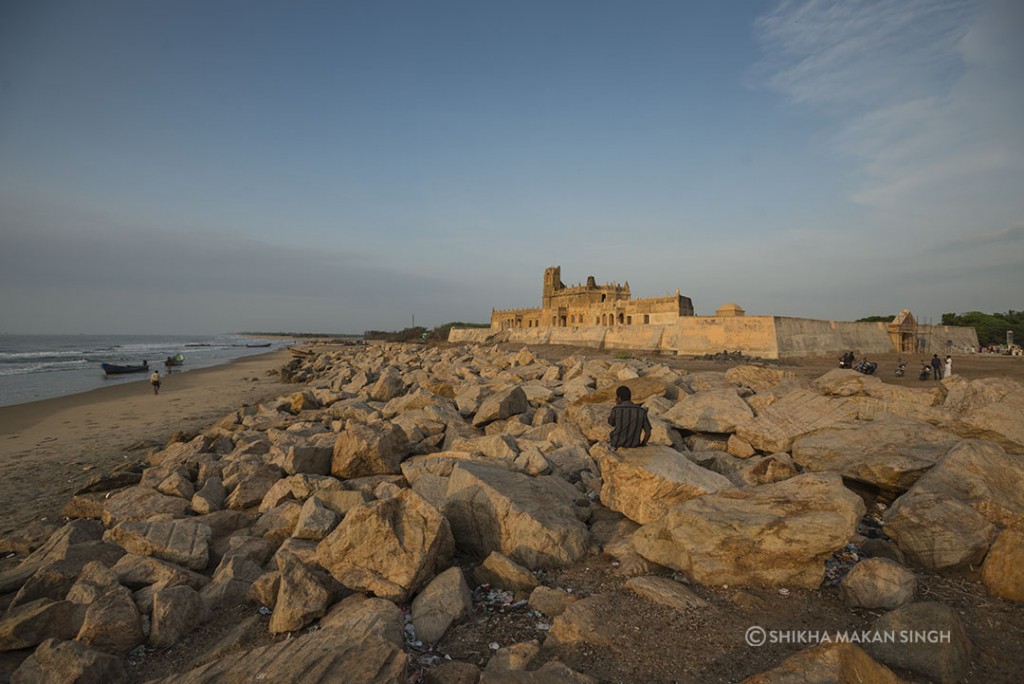
Nashik is an ancient city with plenty of history, right from the time of Ashoka to the British rule in India. Nashik is also a prominent grape growing region of India and the fertile lands around it provide much of Mumbai and Pune’s vegetables. It’s also a holy city for the Hindus, since Panchvati is where Lord Rama is supposed to have built his home in exile.
In one of our monsoon drives, we decided to pay Nashik a visit, having heard much about the holy part of the city, the Panchvati. We also wanted to visit Nashik before the millions came for the Kumbh Mela.
A walk through these beautiful old parts of Nashik are completely worth it. We went towards the end of monsoons in 2014, when the river Godavari was flowing with full force and some residual rains remained.
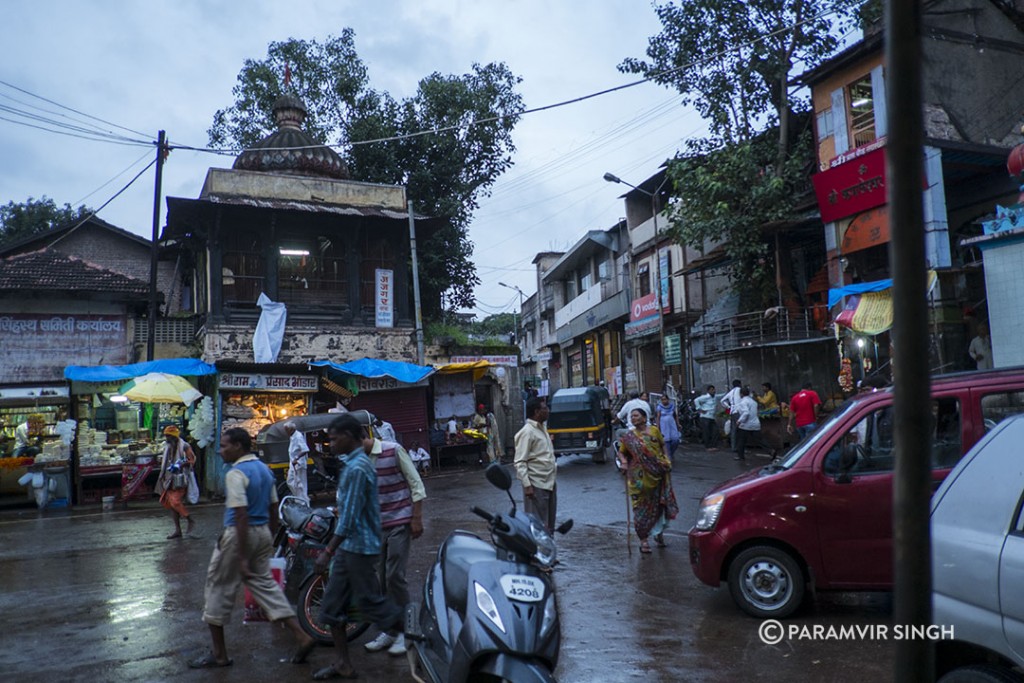
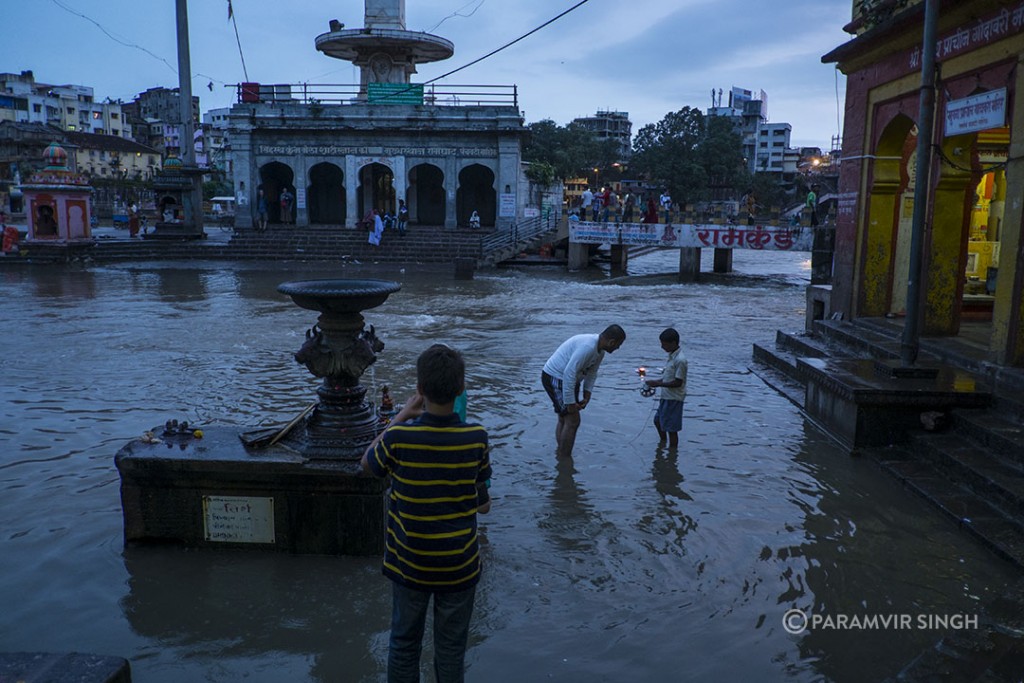
Soon after our lunch at Deogarh Mahal Palace, our warm and generous host, Veer Bhadra Singh Ji asked us what would we like to do? Of course, we would like to see around the place. He suggested we take a look at one of their hotel properties, Fort Seengh Sagar, in the nearby rural area. … Read more
Built over 300 years ago, the splendid Deogarh Palace is a delight for architecture, royal living and art. We surely couldn’t give it a miss, and especially when it is so close to Todgarh. The city of Deogarh is about 2100 feet (roughly 700m) above sea level. This keeps it slightly cooler than neighbouring areas … Read more
We had been planning for a long time to visit the Blackbuck National Park in Velavadar, Gujarat. And when we finally found some time, the summers were beginning to set in, and we decided to make a quick trip. We drove from Mumbai to Velavadar via NH8, and stayed a night at the Khaliar Bhavan, Blackbuck National Park. There is a beautiful but tiny grasslands National Park at Velavadar which houses a few blackbucks, wolves, hyenas and many birds. April was a good time to spot the large mammals, but post monsoons, this place is a must visit for the Lesser Florican (Sypheotides indicus), a highly endangered bird. The next day after a brief safari at the Blackbuck National Park, we moved ahead towards Sasan Gir. The roads were generally nice and not too crowded, and passed through beautiful farms on either side. We passed through Sihor, an ancient city which has a hill fort as well, but we didn’t have the time to stop for a visit. We like to keep stopping for photos or for a decent looking place for food/chai or snacks. And we found plenty of such opportunities. We stayed for about two nights at Sasan Gir, at a place we will not recommend. From Sasan Gir, we went back to Blackbuck National Park, spent a night there, and then went via Wadwana Wetlands to JambuGhoda, a delightful little palace in a sanctuary, and a world heritage site at Champaner – Pavagad. So our journey was: Mumbai – Velavadar – Sasan Gir – Velavadar – Wadwana – Jambughoda – Mumbai. The roads are generally good throughtout.
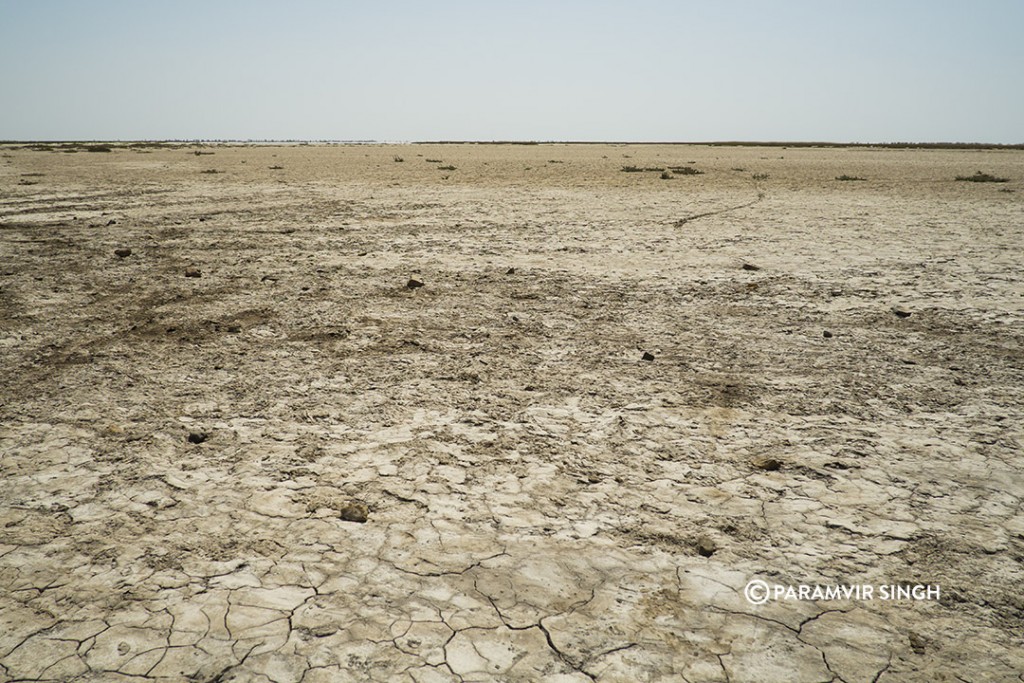
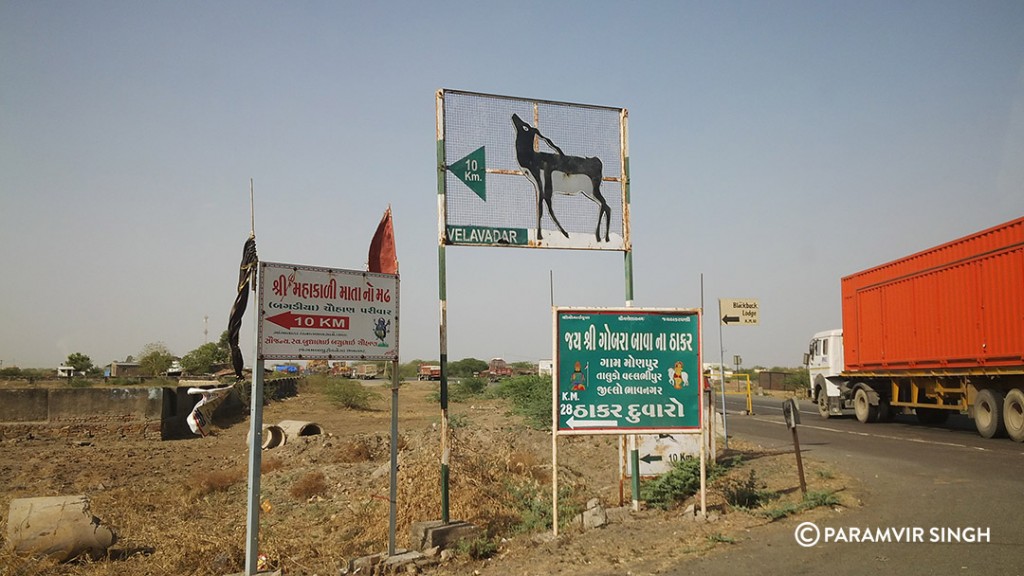
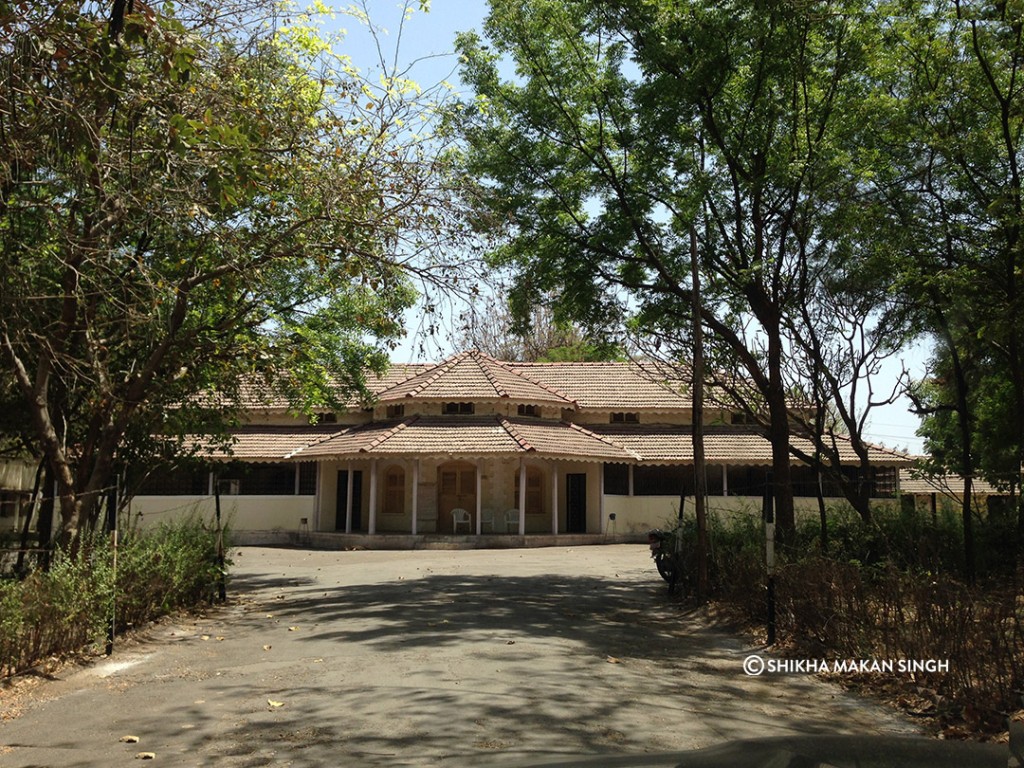
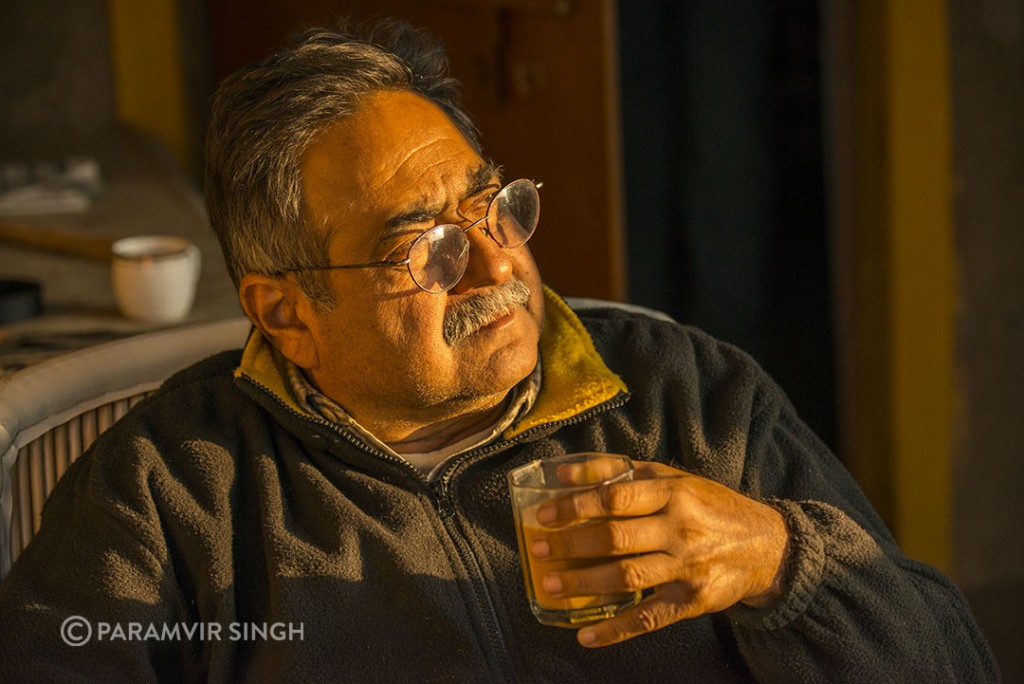
A guest post by the wonderful Nihal Mathur, the original travel writer, film maker, researcher, a great friend and a personal icon.
Todgarh is named after a British Lieutenant Colonel James Tod – who was born in Scotland in 1782. In 1799 he enrolled with the British East India Company and the following year – 1800 – he came to India as a Marine at an early age of 18. In 1801, he was selected as a survey officer. His great service was the scrupulous care with which he documented and mapped the entire regions now comprising Rajasthan, Madhya Pradesh and Gujarat.
But it was his long lasting relationship with Rajputana that earned him immortality. This country of Rajput Princes became in his own words “home of my adoption,” as he affectionately called it. And indeed, the best part of his life was enthusiastically and usefully devoted in Rajasthan where Tod collected materials on the history of the Rajput clans who ruled most of the area at that time. Tod’s work drew on local archives, Rajput traditional sources, and monuments and edicts.
In 1818 he was appointed political agent for the states of western Rajputana, where he conciliated the chieftains and settled their mutual feuds. As the Resident British officer in the state of Rajpotana he approached this task with sympathy and understanding for the Rajput princes, many of who remained his admirers and friends.
1819 In appreciation of his work in the Merwara Region, the Maharana of Udaipur renamed Barsawada, a village in his monarchy, as ‘Todgarh’. The name comes down to us today.
We were driving from Goa to Kochi and picked on Kannur in Kerala, as a mid way stop over for the night. After some searching around, we discovered Amban Heritage Home. And boy, did we love it!
Amban Heritage Home was built in 1904. The rooms are small, very affordable, but very clean and so are the bathrooms. The property is run by the family and the food is excellent. We had some awesome prawns, fish, rice, chutneys, veggies etc, all true Kannur traditional style.
We changed our plans of driving to Kochi, Kerala, because of the terrible traffic on NH17, and decided of going to Kotagiri in Tamil Nadu instead. Suresh was kind enough to suggest an absolutely beautiful drive to Coonoor, something our mapping devices could never think of. Thank you Suresh!
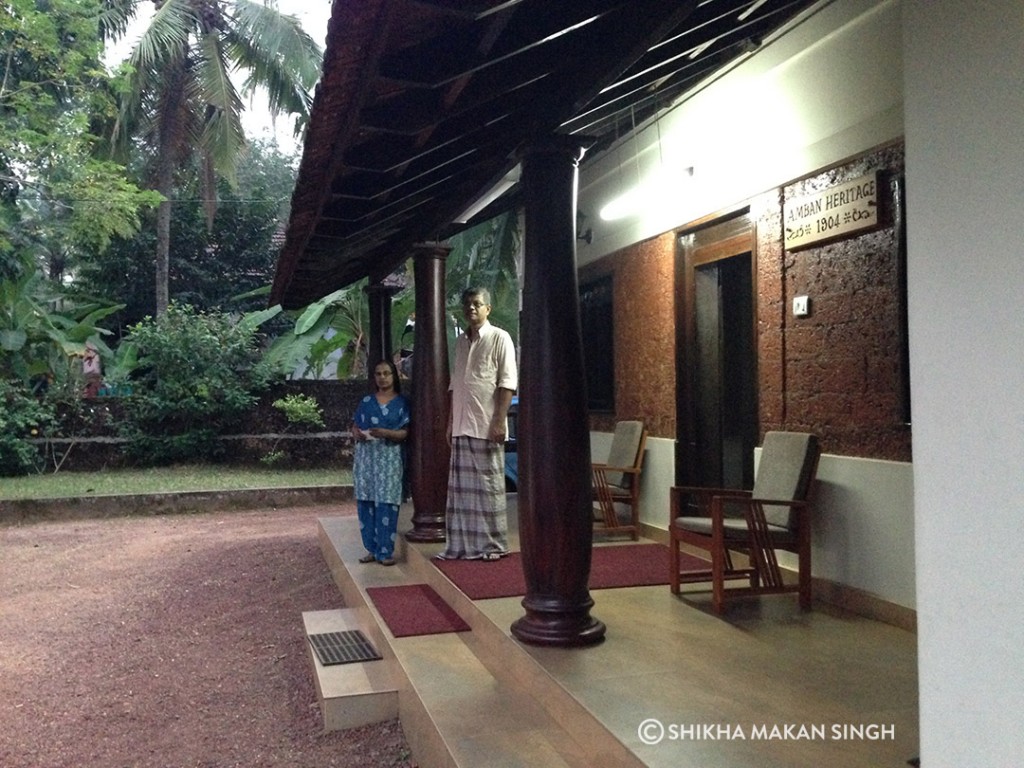
On our way back from Coonoor, we took the NH4 (Mumbai – Pune – Bangalore Highway), and decided to take a break at Chitradurga. It’s a small dusty town, which is surrounded by small hills and many windmills. We had heard of an ancient fort at Chitradurga, and decided to visit it before leaving for Mumbai.
The fort is very close to the main highway, hidden behind hills. The fort doors open at 6am, and that’s the best time to see it, because of the light and the cooler weather. It is probaly the most beautiful fort we have seen in India. Not much remains today save walls and ruins, but one can make out what a magnificent fort it must have been in its time.
If you have time, do walk through the city. There are plenty of ancient buildings still standing.
From Wikipedia: Chitradurga Fort or as the British called it Chitaldoorg, straddles several hills and a peak overlooking a flat valley in the Chitradurga District, Karnataka, India. The fort’s name Chitrakaldurga, which means ‘picturesque fort’ in Kannada, is the namesake of the town Chitradurga and its administrative district.
Built in stages between the 17th and 18th centuries by the dynastic rulers of the region, including the Rashtrakutas, Chalukyas and Hoysalas as well as the Nayakas of Chitradurga, feudal lords in the Vijayanagar Empire, the fort is a marvel. The Nayakas of Chitradurga, or Palegar Nayakas, were most responsible for the expansion of the fort between the 15th and 18th centuries. They were defeated by Hyder Ali at Chitradurga in 1779. Later the fort was expanded and strengthened by Hyder Ali and his son Tippu Sultan,who succeeded Madakari Nayaka V, the last ruler of the Nayaka clan.
The fort is built in a series of seven concentric fortification walls with various passages, a citadel, masjid, warehouses for grains and oil, water reservoirs and ancient temples. There are 18 temples in the upper fort and one huge temple in the lower fort. Among these temples the oldest and most interesting is the Hidimbeshwara temple. The masjid was an addition during Hyder Ali’s rule.The fort’s many interconnecting tanks were used to harvest rain water, and the fort was said to never suffer from a water shortage.
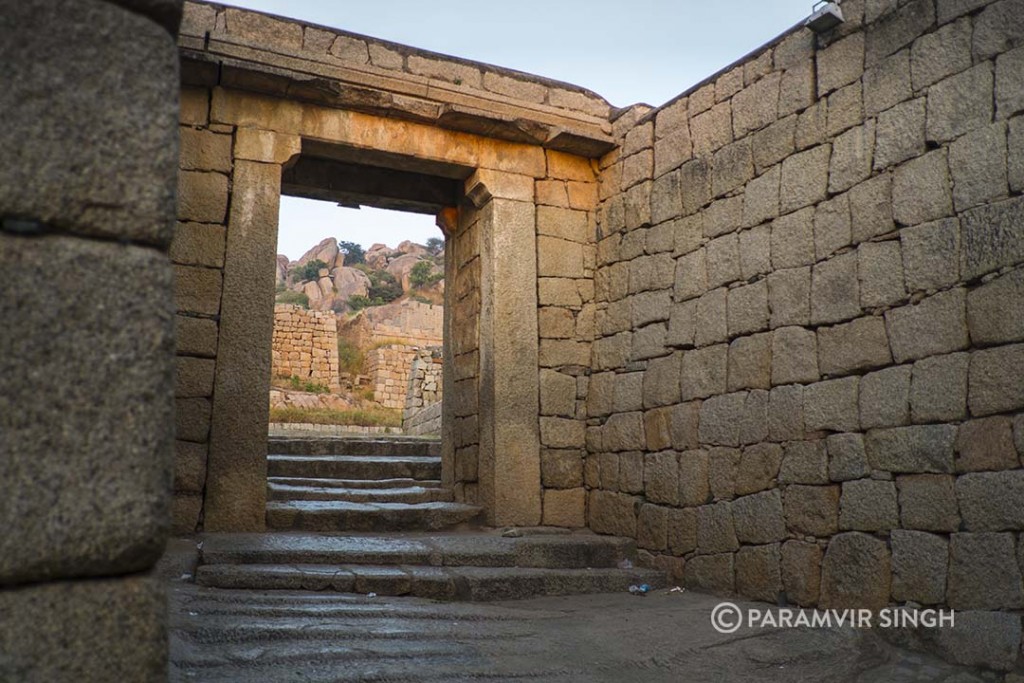
We took half a day off at Jambughoda Palace to visit the nearby Champaner World Heritage Site. It’s some 25km from the Palace and the drive is one of the most beautiful I have had in Gujarat. Clean winding road with Jambughoda Forest on either side. At Champaner, we visited Professor Ghanshyam Joshi, who has … Read more